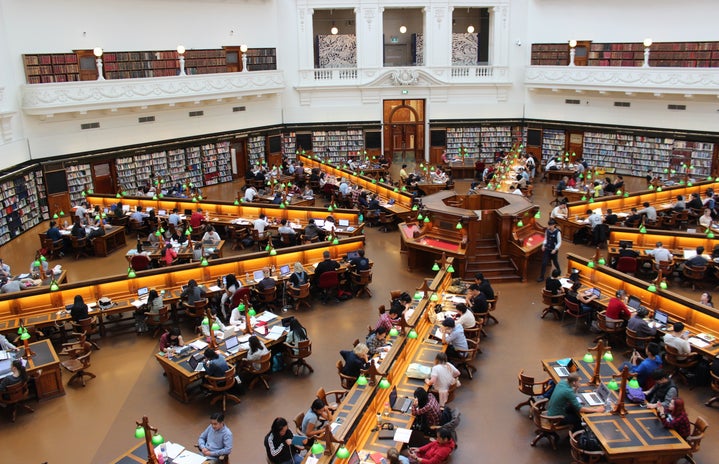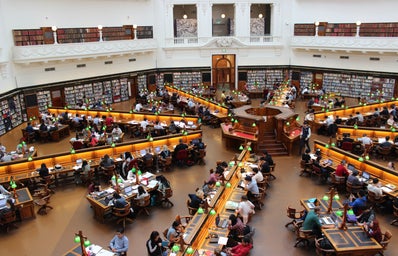In the words of the late Nelson Mandela “Education is the most powerful weapon which you can use to change the world.”
In early October this year, a student led protest began at the University of Witwatersrand in South Africa; soon to follow were the University of Cape Town and Rhodes University. Eventually, students from other higher education institutions across South Africa had joined the movement. The up rise began with the State’s announcement of a 10.5% increase in tuition fees for the coming year of 2016.
South Africa has come a long way since the days of apartheid. However, with only 21 years of freedom and “equality” there is still much room for growth. With only 10% of the population being able to pay tax because they earn an income above the tax bracket, it is quite evident that there is a huge gap between the financially well off and the impoverished. The source of South Africa’s majority living under the tax bracket can be traced back to the days before 1994. People of colour i.e. the majority of South Africans, were discriminated against and left to endure low quality education, which led to low paying jobs. With a lack of cash flow in most households, parents could not afford to send their children to higher education institutions, which therein continued the cycle of ‘the rich get richer and the poor stay poor’.
In 1994 a new government led by Nelson Mandela and his party the ANC (African National Congress) was elected. This gave way to the born free generation and communities that were previously underprivileged, who now gained resources that were previously only available to minorities. Although the born free generation now have access to better education, they are still the children of a generation that has been highly affected by the laws of apartheid, therefore some students have had to make ends meet various ways in order to pay tuition.
Thus, when it was announced that tuition fees would increase by 10.5%, it is quite understandable why multitudes of students would be livid. Peaceful protests were underway in the fight for eliminating student exclusion, the fight for the right to education and the fight for redeeming what the government had promised them back in 1994. The main demand of the students was clear:
· The immediate drop of the 10.5% increase on tuition fee.
As the protests progressed, the intended peace deteriorated. Police officers were sent armed to “neutralise” the PEACEFUL protesters. Farai, one of the protesters from Stellenbosch University stated that the officers had gone as far as implementing “Apartheid tactics”. A rise in distress within the country had offset issues within other areas of South Africa’s society. Racism started to creep out of its ugly shell. One of the protesters, Fanele Ngcobo, stated “Whenever black people gathered there was an increase in police presence.” Aside from racism, there was the issue that the government is not investing enough into the education sector. The protests had turned into something far greater than just against the increase in tuition fees, but a light was shed on the corruption within the country and the mismanagement of state funds.
Students marched to the Union Building to make their distress heard. Unfortunately, there were violent outbreaks and students were greeted by armed police officers. However, this did not break the spirit of a student who is merely seeking education. The news of the protest even reached students in other countries. About 200 Students in the United Kingdom gathered at Trafalgar Square, outside South Africa House to show support for students protesting in South Africa.
On October 23rd, President Jacob Zuma had announced that there would be no increase in tuition fees from 2016. In some aspects this could be considered a victory, but the President merely stated that there will be no increase in tuition fees from 2016, what about 2017 and years to follow? The problem has simply been frozen; it is yet to be fixed.
I do believe this isn’t a problem isolated to South Africa. There is no doubt that the education system is flawed, and the ability to obtain higher education is reserved for an elite group.
According to http://www.globalissues.org 80% of humanity earns less that $10 a day, therefore 80% of the world cannot afford further education. I suppose the question now is; how do we rectify the gap between the rich and poor if one of the main weapons (education) for a better life is inaccessible to the impoverished?

